Year in review: Our most popular articles about the Bay in 2019

As the year comes to a close, we wanted to take a second look at the stories we wrote this year that made an impression on you. In case you missed it, here are 10 of our most popular blogs from 2019.
Seven recipes using invasive species
The Chesapeake region is home to its own share of invasive species, which disrupt our delicate ecosystem and threaten native life. Because these invaders have few natural predators, one of the best things we can do to help control their population is to eat them ourselves. That’s why we found seven recipes you can make with invasive species.
Five facts about Vibrio
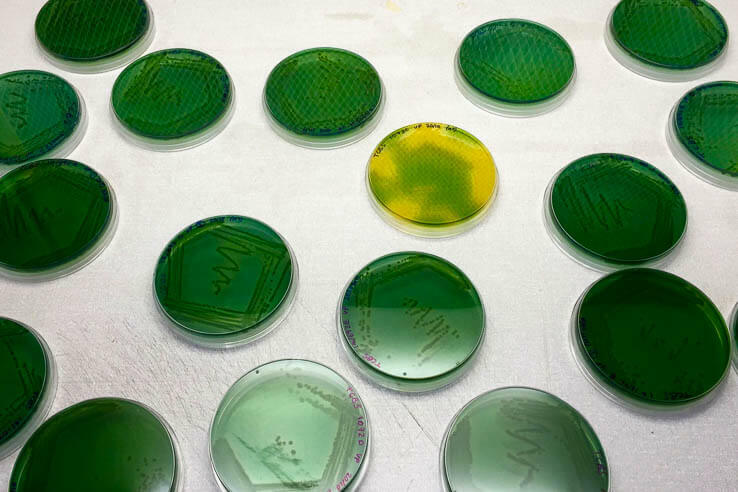
Vibrio is an infectious bacteria present in brackish coastal waters, such as the Chesapeake Bay and its tributaries. As waters warm from spring to summer, concentrations of Vibrio rise and spark health concerns. A Vibrio infection, called vibriosis, is a serious illness that infects thousands of people each year. Vibriosis can occur when a person eats tainted shellfish or swims with open wounds in contaminated waters. Learn about the bacteria—and how to avoid infection—with this list of five Vibrio facts.
Blue crab population increases by 60%, stock considered sustainable
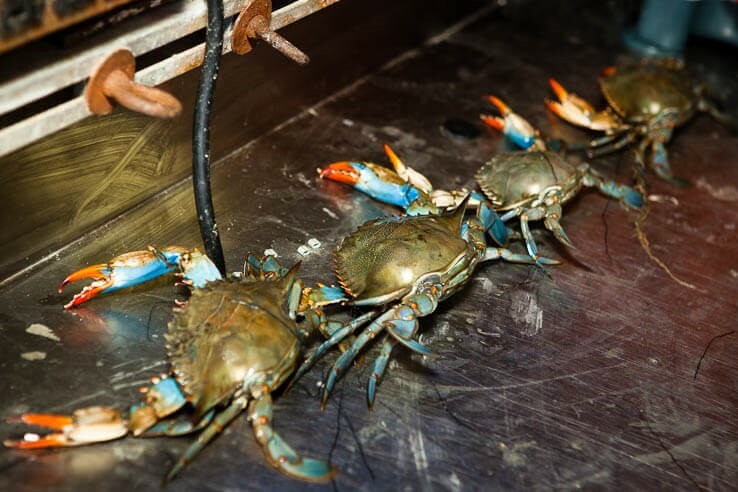
This year’s Blue Crab Advisory Report found that the overall Chesapeake Bay blue crab population increased nearly 60%, from 372 million in 2018 to 594 million in 2019. Results of the survey also show that the Bay’s total adult female blue crab population has increased nearly 30% to 191 million—well above the abundance threshold of 70 million crabs. However, not everyone was able to enjoy this year’s crab abundance. Likely due to this year’s record-high freshwater flows causing the crabs to stay in the saltier south, watermen in the upper Bay reported catching fewer crabs than usual.
The hemp doctor of Wyndridge Farm

Dr. Steven Groff has turned his family’s 125-year-old Pennsylvania farm into an event space, restaurant, brewery, cidery and now: hemp farm. The 2018 Farm Bill removed industrial hemp from a list of illegal substances under federal law, and allowed it to be transported within and across state lines. Groff is hoping to remove the stigma around hemp and educate others about the many uses of this crop. Read more about Groff’s business.
Eight literary figures with ties to the Chesapeake region
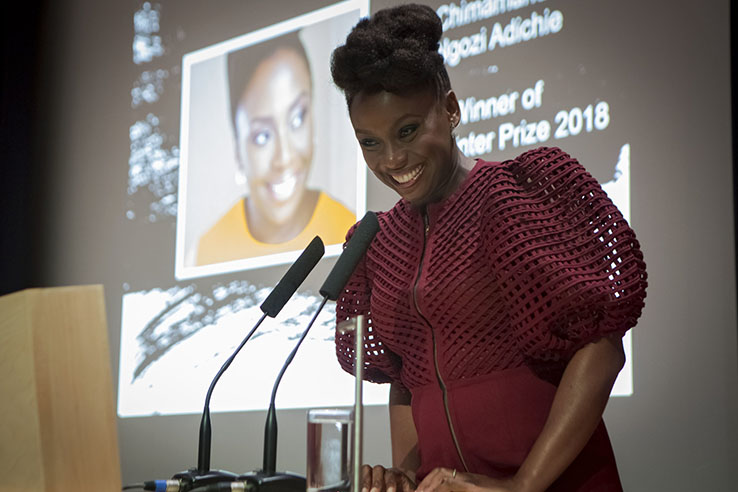
With scenic landscapes and a rich cultural history, the Chesapeake Bay watershed has been home to a flourishing cultural scene for centuries, particularly inspiring writers. Whether they were influenced by its lively landscapes or simply found it a productive place to put the pen to the page, the Chesapeake Bay watershed has been home to some of history’s greatest literary figures over the years. Did you know that these eight literary figures were connected to the region?
Small plastics are a big problem
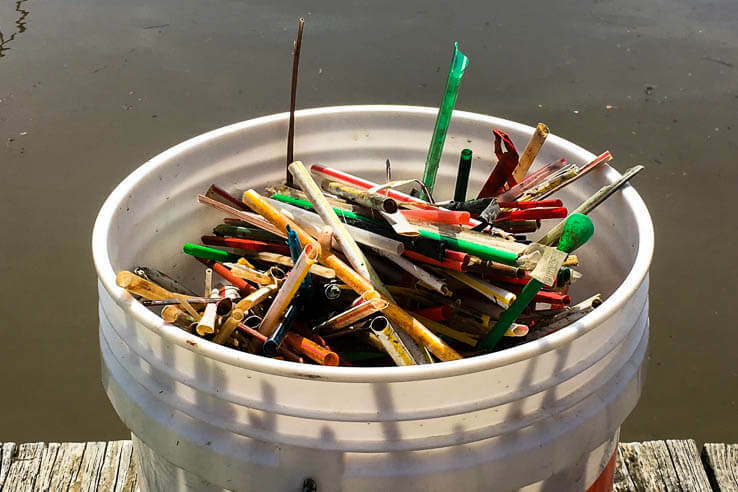
We’ve all seen plastic in the environment: water bottles left at the park, straws among plants and chip bags on the street. Fast forward a few decades, and those bags and bottles begin to break down. They disintegrate, float, enter the cells of living creatures, gather up chemicals and release their own. We call this new pollutant microplastic, and it’s a big problem.
Six of the Chesapeake’s endangered species success stories
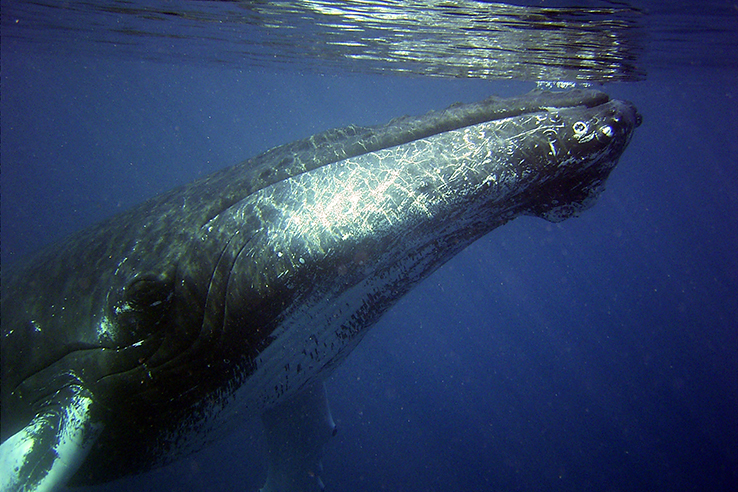
More than 2,000 species across the world are considered endangered or threatened. Inclusion on the endangered species list offers extra protections, and many of the species on the list are recovering thanks to conservation plans put in place for their protection. Learn more about six of the region’s critters that were removed from the endangered species list.
Benefits of oyster restoration go beyond the Bay
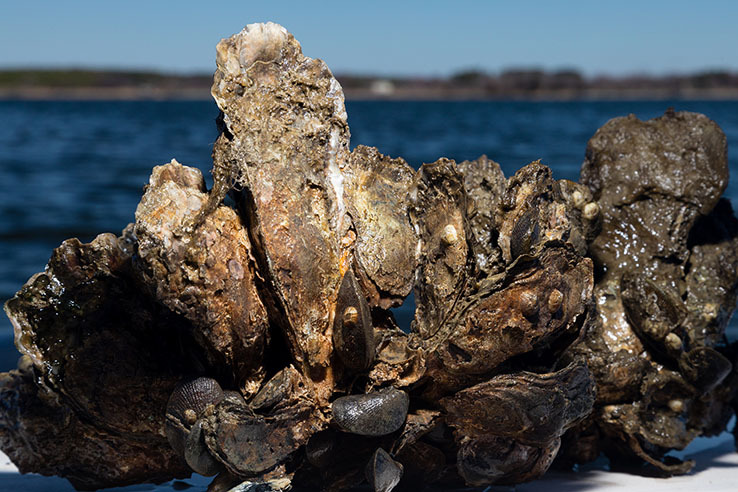
Besides being a delicious local fare and symbol of the Chesapeake Bay, oysters help humans in other ways. As filter feeders, oysters clean the water around them by pumping water through their bodies and removing nutrients and sediments from it. New research has also shown that mature oyster reefs can increase blue crab harvests, bring in millions of dollars to local economies and provide millions of dollars’ worth of benefits to us. Learn more about these new findings.
The vacation of a lifetime
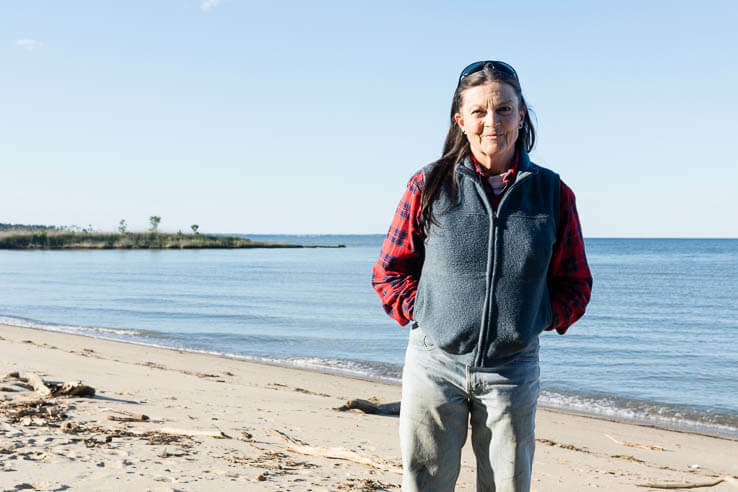
Ida Hall went to visit her cousin, a waterman, in Northumberland County, Va. Forty-five years later, she’s still there, working the water herself. “I got hooked on the waterman's way of life,” she recalled. We met her at her home, where her father grew up, in Kilmarnock, Va., to learn about her life as a waterwoman.
Long-awaited Conowingo plan begins to take shape
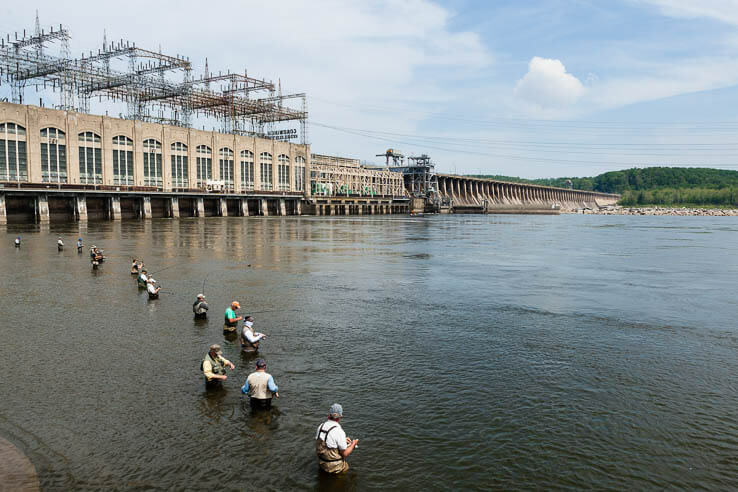
The reservoir behind the Conowingo Dam has long captured sediment and nutrients flowing down the Susquehanna River, but recent studies have shown that it is filling up. We formed a steering committee to develop a Watershed Implementation Plan, which will detail the steps each of the seven Bay watershed jurisdictions will take in order to offset pollution coming from the full-capacity reservoir. In October 2019, the Environmental Protection Agency awarded three grants to organizations that will help develop, finance and implement the plan. Learn more about the Conowingo plan.
Want to see more highlights from 2019? Check out our Year in Photos.

Comments
There are no comments.
Thank you!
Your comment has been received. Before it can be published, the comment will be reviewed by our team to ensure it adheres with our rules of engagement.
Back to recent stories